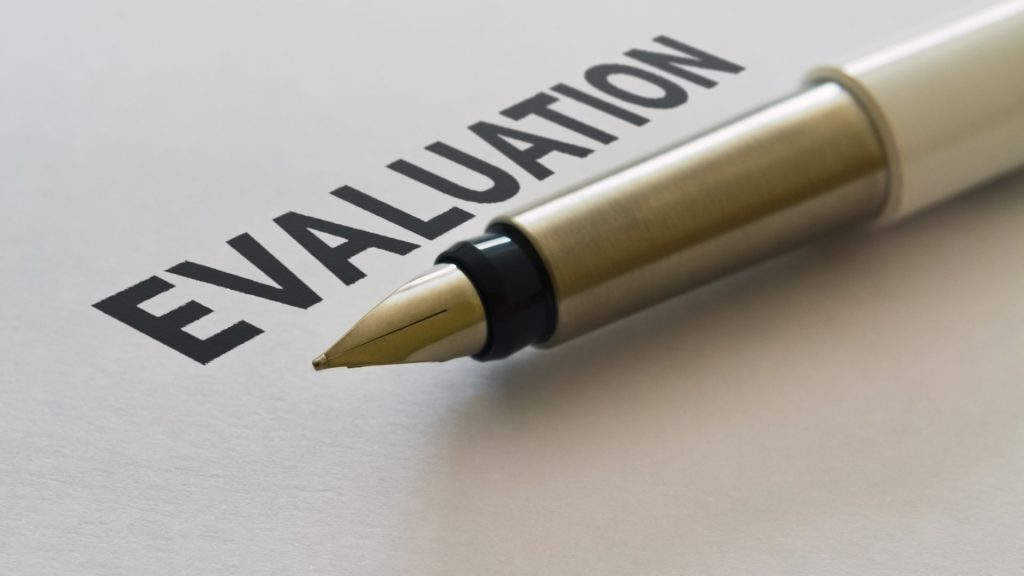Anti-money laundering and counter-terrorism financing or AML/CTF risks refer to the possibility of financial transactions being used to launder money or fund terrorist activities. The likelihood and impact of such risks vary based on various factors, including the nature of the business, the customer base, and the location of operations.
An organization follows the logical process of performing a risk assessment where inherent and residual risk assessments are performed to assess the impact and likelihood of identified risks. Risks must be identified for all the processes and activities of a department to perform the risk assessment.
Evaluation of AML/CTF Risks Likelihood and Impacts for Mitigation
When identifying risks related to the finance department, risk identifiers must know all the processes mentioned earlier and the activities of finance departments. Similarly, relevant processes and activities are identified for all other departments of an organization to identify the risks and perform a risk assessment.
All identified risks are to be documented in the form of risk statements. Risk statements are written logically and sequentially in the risk register or database. All risk statements are to be linked with a particular activity, process, or department. For example, risks related to preparing a company’s financial statements must be linked with the financial reporting process being performed in the finance department because the finance department is responsible for preparing the organization’s financial statements.
Impact and Likelihood Assessment
After identifying processes, activities, and documentation of identified risks, an inherent risk assessment is performed. The “impact and likelihood” assessment is performed for each risk during the inherent risk assessment.
Impact assessment requires assessing the magnitude of loss a particular risk may raise for the department or organization.
Likelihood assessment involves assessing the probability of occurrence of each identified risk.
Impact and likelihood assessment require assigning risk scores or levels for each risk to arrive at an overall inherent risk score.
Based on the inherent risk assessment performed for each risk, the risk evaluation is performed, which means identifying those risks which are found critical or non-critical. Usually, the following levels are considered for the evaluation of risks:
High or Critical Level Risks
Medium or Non-Critical Level Risks
Low or Negligible Level Risks
Risks ownerships are defined and incorporated into the risk database. Risk owners may be the departments or individuals working in those departments. Assigning risk ownership helps coordinate with relevant departments and personnel for risk and control feedback.
Risk owners are required to update their respective risk database or inventory, remain aware of their respective new and emerging risks, and be responsible for applying internal controls to mitigate their risks.
Another stage of the risk management process is risk handling. Management selects a series of actions to align risks with the organization’s risk appetite and tolerance levels to reduce the potential financial impact of the risk should it occur and/or to reduce the expected frequency of its occurrence. Possible responses to risks include avoiding, accepting, reducing, or sharing the risks.
Withdrawal from activities where additional risk handling is not cost-effective, and the returns are attractive about the risks faced. Acceptance of risk where additional risk handling is not cost-effective, but the potential returns are attractive about the risks faced.
Activities and measures designed to reduce the probability of risk crystallizing and/or minimize the severity of its impact should it crystallize, such as hedging, reinsurance, loss prevention, crisis management, business continuity planning, and quality management.
Risk Sharing
Activities and measures are designed to transfer to a third-party responsibility for managing risk and/or liability for the financial consequence of risk should it crystallize. Following the defined roles and responsibilities, the operating departments are responsible for implementing enough risk handling to manage risks at an acceptable level. If necessary, guidance on the development and implementation of risk-handling measures may be attained from the risk committee.
Final Thoughts
Evaluating AML/CTF risks involves identifying risk factors, assessing the likelihood and impact of risks, implementing mitigation measures, and monitoring and reviewing the effectiveness of these measures. By taking a proactive approach to AML/CTF risks, businesses can reduce the likelihood of financial crimes and protect their reputation and financial well-being.




